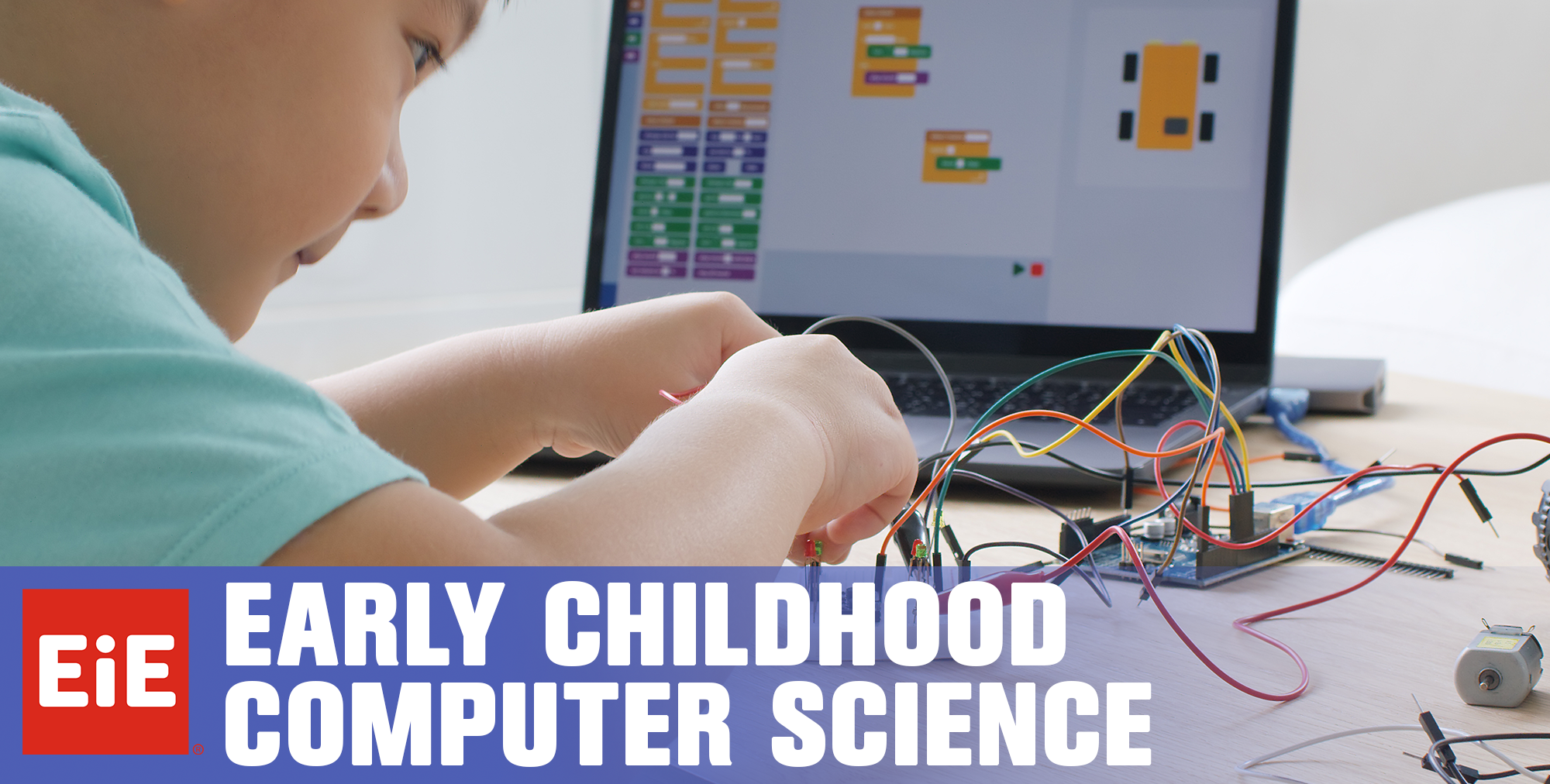Want to maximize in-school STEM learning? Find ways to make science, engineering and math lessons part of your students’ out-of-school routine. From increased attendance and graduation rates to more opportunities to develop social and emotional learning skills, the research is clear: incorporating learning time with out-of-school and family time is a sure way to set your learners up for success.
EiE Resources for Teachers | Early Childhood STEM Education | EiE Teaching Tips | Pre-K | Early Engineering | Kindergarten | EiE for Kindergarten | Create a Generation of Problem Solvers | Wednesday, April 26
What Does Engineering Look Like in Early Childhood
In Pre-K education through the first years of elementary school, engineering skills may not be top of mind for parents or educators, but a solid foundation of problem-solving practice familiarity with the engineering design process will serve learners long beyond their early learning years. Though engineering in the early years looks different than the experiments and calculations students learn later in their education, hands-on learning for young kids builds on the same skills!
Out-of-School time | EiE Resources for Teachers | Early Childhood STEM Education | EiE Teaching Tips | Engineering for All | Afterschool/Summer Camp | Create a Generation of Problem Solvers | STEM Implementation | Summer Learning | Wednesday, April 5
Benefits of Summer STEM Learning
Summer is right around the corner! While summer is an important time for rest and rejuvenation, it’s also an incredible opportunity for students to explore new interests and expand their knowledge base. For STEM learning, this can be an opportunity for struggling learners to build confidence and confident learners to discover new passions.
Out-of-School time | Afterschool | Afterschool/Summer Camp | Create a Generation of Problem Solvers | Engineering Activities | EiE for Families | EiE Families | Wednesday, March 29
Exploring the Impacts of Family STEM Engagement
Incorporating learning time with family time has been shown to have a positive impact on learners of all ages. Not only does it increase attendance and graduation rates, but it also provides opportunities to develop essential social and emotional learning skills. But where to begin?










